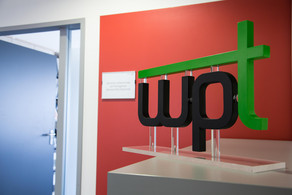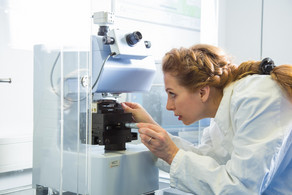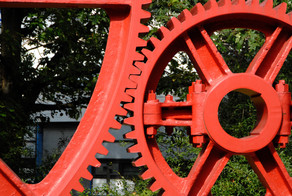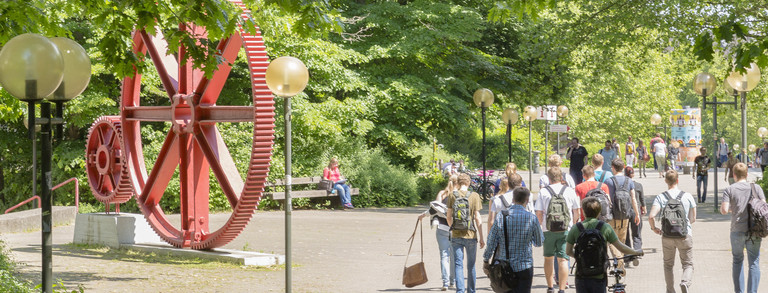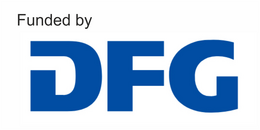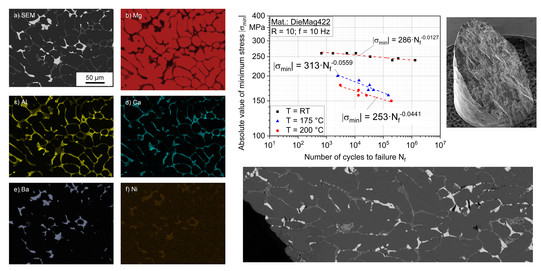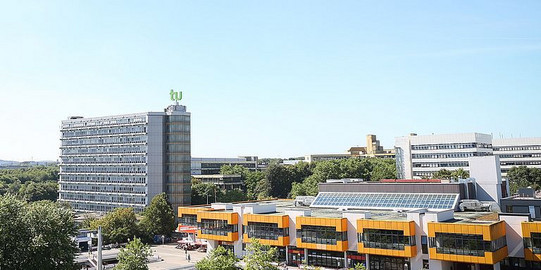Mechanism-oriented characterization of the microstructural and load direction-dependent cyclic creep (ratcheting) behavior of the magnesium alloy WE43
The aim of the research project is the characterization of the cyclic creep behavior of the creep resistant magnesium alloys Mg-4Al-2Ba-2Ca, AE42 and WE43 and the model-based correlation of the deformation and damage mechanisms depending on microstructure and test temperature.
In the first phase of the project (Investigated alloys: Mg-4Al2-Ba-2Ca und AE42, it became very obvious that a complete identification of the creep and failure mechanisms as well as an understanding of their interaction and evolution are only possible by a systematic investigation of the influence of the microstructure. Consequently, the interrelation between process, structure, material properties and damage must be considered. Therefore, the two manufacturing processes of casting and additive manufacturing in laser-powder bed fusion (L-PBF) are intended to produce two different microstructural states, compare them, and separate the mechanisms. While the casted WE43 has already been established for automotive and aerospace applications, the additively manufactured WE43 is not. Within the framework of the investigations, the influences of the two manufacturing processes and their resulting microstructures on the cyclic creep behavior should, therefore, be characterized as well as microstructure- and mechanism-oriented evaluated and described based on mathematical models.
The scientific aim is the correlation of the microstructure and processrelated defects with the cyclic creep properties. Within static tension and compression creep tests as well as single- and multi-step fatigue tests in tensile and compression modes, the directiondependent differences in material behavior with and without superimposed fatigue loading shall be analyzed and understood. The mechanisms of static creep should be separated from cyclic creep in order to provide information on their interaction and evolution. Using scanning electron microscopy and computed tomography, the influence of microstructure and defects of selected fatigue specimens will be investigated to determine how to maximize their lifetime by the process-induced microstructure.
Duration: 2017 until 2022



